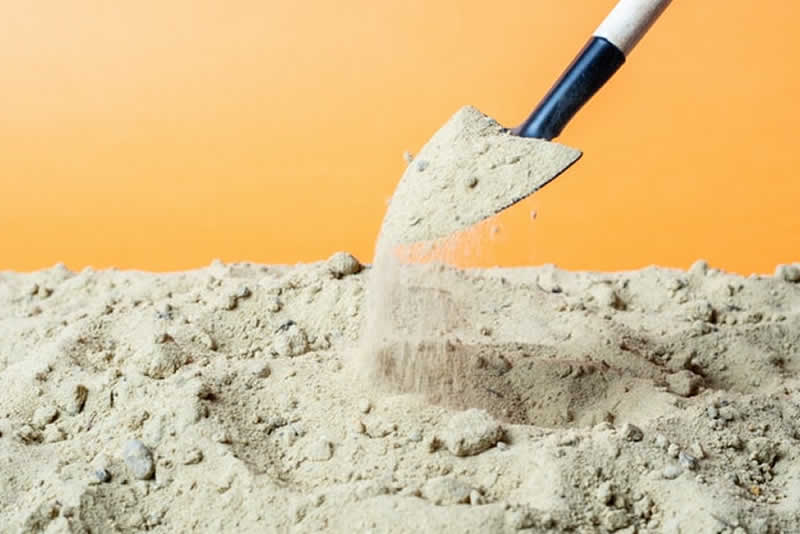The American Southeast is famously at risk of hurricanes and flooding. Your home may be susceptible to damage from floodwater. To prevent such damage, one strategy is to create a barricade of sandbags around your home to divert flood water. In most cases, you will need to buy sand in bulk and fill the bags yourself. This can be time-consuming and strenuous work, so finding efficient and quick ways to fill sandbags is essential.
Use Sandbag Tubes
One of the most effective tools for quickly filling sandbags is a set of sandbag tubes. This device includes six tubes that empty sandbags can fit onto and a tabletop surface typically made of plywood. Sandbag tubes are a great way to transfer all your bulk sand into empty bags as efficiently as possible.
With the traditional method of filling sandbags, one person will have to hold the bag open while the other shovels in the sand. This takes longer and becomes uncomfortable over time. With sandbag tubes, both people can be doing the same job without spending extended periods bent over.
To use sandbag tubes, lay the device with the flat side down. You then slip the empty bags onto the ends of the tube. Flip it back over and begin shoveling in the sand. Once you have filled the tubes, pull them out, and you are left with six equally filled sandbags. This is another significant benefit of sandbag tubes. When purchasing your sand, you will likely use a sand fill calculator to determine how much sand you need. With sandbag tubes, once you have determined how much bulk you need to buy, you can let the tubes do the work of equally distributing the sand.
Or DIY It
Most people will make their own set of sandbag tubes. This allows you to customize them to fit your needs, and then you can have them for future usage.
To DIY your sandbag tubes, you will need to gather some supplies. You will use 2x4s as the legs for the frame and a sheet of plywood as the top surface.
Next, you will need to create holes for the tubes. The size of the holes will depend on what you use for tubes. You could use sewer pipes, old plastic flower pots, or any cylinder that will easily fit a sandbag.
Whatever you choose, use it as a guide for cutting six holes in the plywood. Once you have your sandbag tube station assembled, you can get to work filling sandbags.
The Pipe Scoop Method
An alternative sandbag filling method is the pipe scoop method. For this method, take a length of sewer pipe that fits the opening of your bags and cut it to a size that you can easily lift and handle. On the front end, cut the pipe at an angle so you can use it as a scoop. You can cut a handle on the back end to hold it.
Once your pipe is ready, slip the sandbag onto the back end and use the front end to scoop up the sand. The sand that fits in the length of the pipe should ideally be enough to fill the bag. Once your bag is full, slip it off and move on to the next one.
When preparing for a flood, you do not need to be intimidated by the process of filling sandbags. There are plenty of accessible alternatives to shoveling sand into the bags. Find a method that works best for you.


